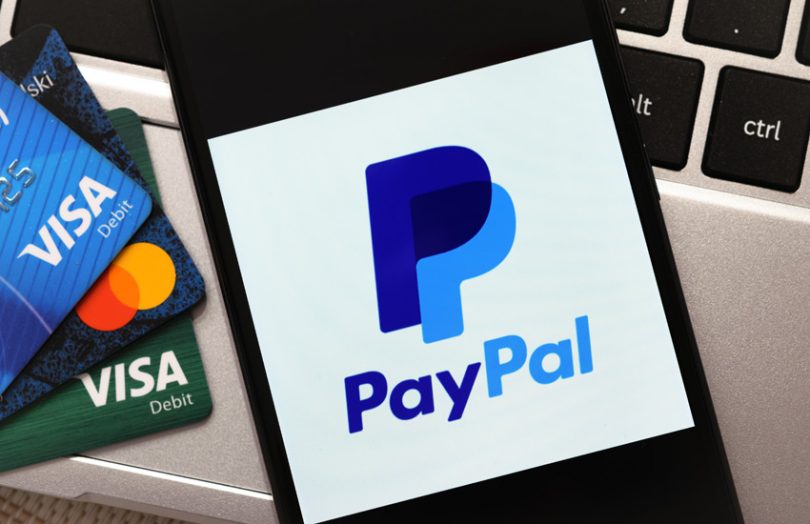Issue
When you tried to authenticate a merchant user, PayPal gave you an error warning.
Causes
This error, also known as result code 1, can be caused by a number of factors, which will be discussed in the following paragraphs.
Solutions
The cause of the problem will determine how to remedy it.
The account information provided along and the login information aren’t identical.
Check that the fields below are being sent correctly by your website, shopping cart, and application. Case is important in many disciplines.
USER – The Payflow Pro login name is stored in this field. (Unless you set up a different user for your Payflow transactions, this column is the same as VENDOR.)
VENDOR – The Payflow Pro login name is stored in this field. (This is the same merchant ID needed to access PayPal Manager as the login ID you created when you signed up for the Payflow Pro service.)
PARTNER – VeriSign, PayPal, or the name (ID) of the reseller or company from which you acquired Payflow Pro appear in this area. You must pass this field to authenticate your account if you utilize Payflow Link. In your HTML code, add the following line: INPUT type=hidden value=” name=PARTNER >
Note: If you’re using Miva Merchant 4.x or older, you can provide the partner ID in the User ID field (for example, xuser&PARTNER=xpartner) or in the URL string (for example, https://payflowlink.paypal.com?&PARTNER=partner name).
PWD – Your Payflow Pro password is stored in this field. This password might be the same as the one you use to log in to PayPal Manager. The password must be complex, with at least one number and a length of 6 to 32 characters.

Although PayPal Manager allows special characters in passwords, they should be avoided because some operating systems, such as DOS or UNIX, treat them differently. The percent sign (percent) is a special character in DOS, for example. Because DOS drops all the characters after the second “S,” a password like “PaSS percent word1” will be truncated to “PaSS.”
See the Payflow Pro Developer’s Guide for further details.
Live servers are receiving test transactions.
Only when the account has been activated can test account users post transactions to the live servers. Make changes to your website or e-commerce application so that transactions are routed through the test servers. More information on testing can be found here.
The information about your processor, as well as its status, is erroneous or invalid.
Obtain account details for your processor from your merchant bank. This information must be sent to [email protected] by the account’s administrator. Payflow Support will send you an email notification once the system has updated your processor information. If you need to expedite your request, call Payflow Support at 1-888-883-9770 (Intl. 1-408-967-0191) after sending the email request.
A security feature for IP addresses has been implemented.
All transactions arriving from IP addresses that aren’t on the Approved list are blocked by the Allowed IP Address security feature. Because the IP address is invalid, the “User Authentication Failed” error occurs.
Check that any IP address you specify in PayPal Manager is valid and static. If your web server isn’t on a single static IP, even if you adjust the IP address to the static IP you got from your hosting company, the problem can still occur. Your website could be housed on a web or server farm, allowing the hosting company to treat it as a virtual server. If this is the case, contact your hosting firm to learn your website’s IP address or range of IP numbers. In PayPal Manager, add these IP addresses to the approved list under “Allowed IP Address” for API transaction processing. This allows your Payflow Pro account to handle transactions through the server farm.
Recurring Billing transactions are being sent by the system. Change the server’s URL back to the test server, or activate the account’s Recurring Billing option.
Payments are routed through a different Payflow account/processor.
The following are the most common causes of this error:
The credit transaction was submitted to a different account than the sale or delayed capture account.
The request was submitted to a different account than the authorization during a delayed capture transaction.
The original transaction and the secondary request were routed to separate processors in both situations. If a credit or delayed-capture transaction is routed to a different Payflow Pro account than the initial transaction, resubmit the transaction to the same account.




